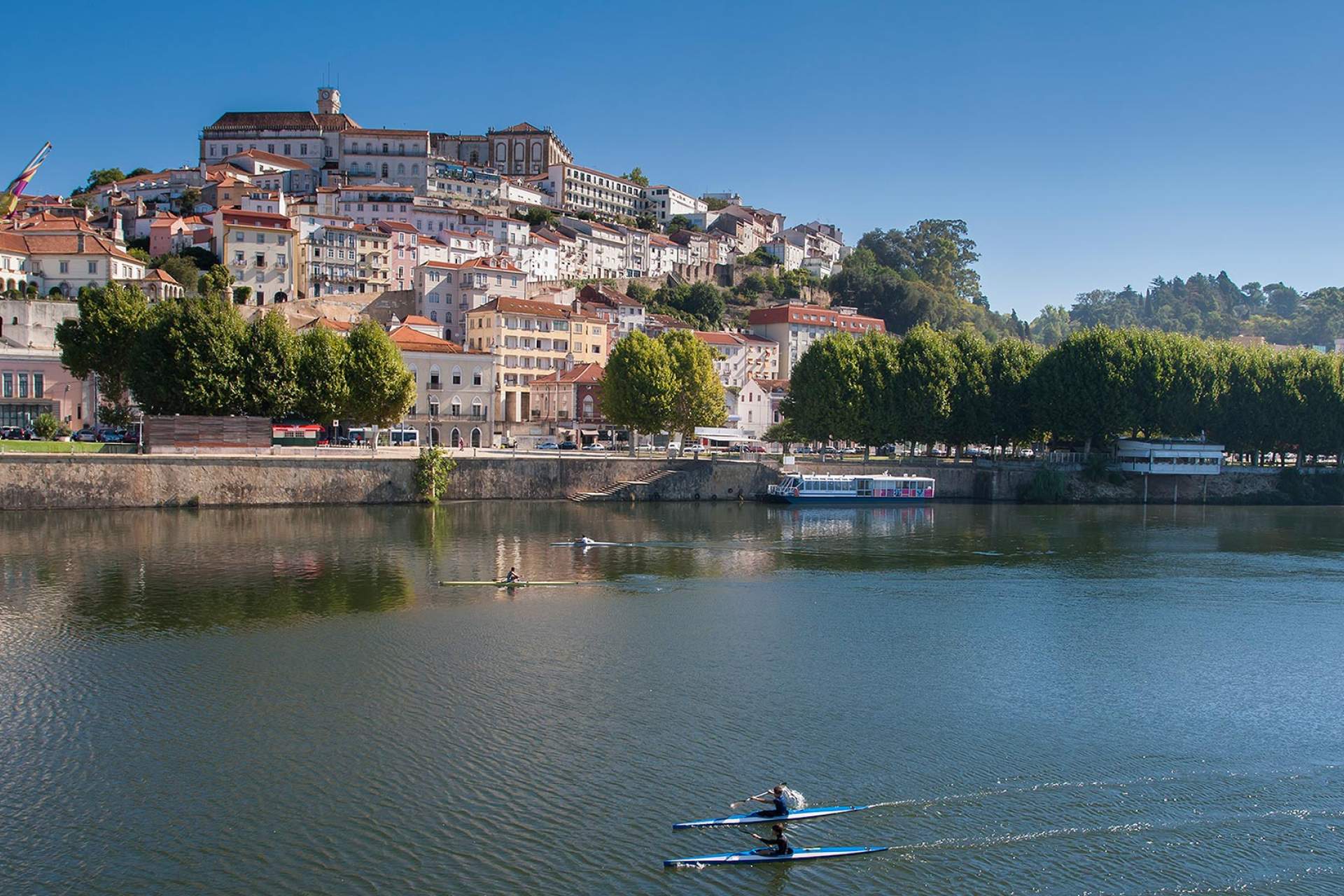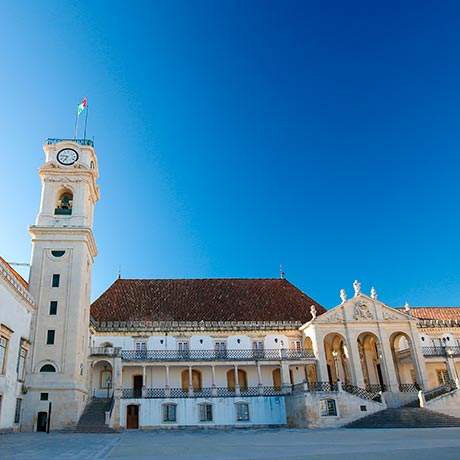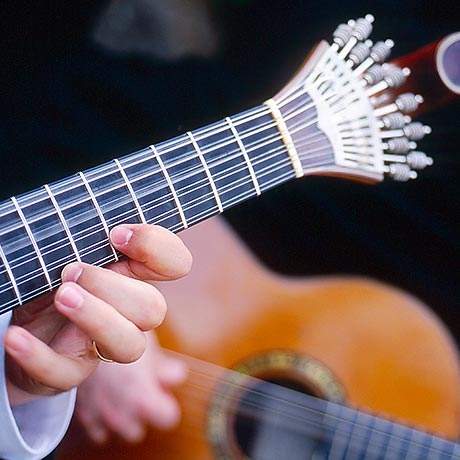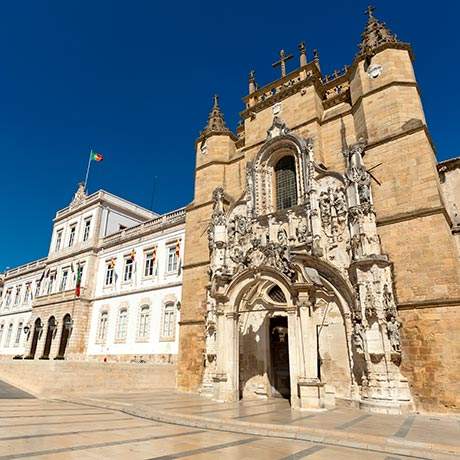
Coimbra
The city of Coimbra occupies a special place in the History of Portugal. It is the city of "knowledge" where the only Portuguese university was established between the 16th and 20th centuries, having also a unique role in the transition from Islamic to Christian domination, at the beginning of the Portuguese kingdom, in the 11th century, centre of the so-called Mozarabic culture (a mixture of Christian religion in an Arab Islamic cultural context).
If it is true that the Jewish presence in Portugal can be traced back to antiquity, almost certainly to before Roman times, written documentation concerning these communities is very rare and from a later date. The oldest written document referring to Jews in Portugal was written in Coimbra in 950 BC: Count Ximeno Dias and his wife, Adosinda Guterres, donated to the Monastery of Celanova (Mosteiro de Celanova) in Ourense, buildings they had bought from Jews in Quites (Taveiro, near Coimbra). Moreover, until the 11th century, several documents attest to the vitality of the Jewish community around Coimbra, or even in the city.
In Coimbra we know of the existence of two great Judiarias (Jewish Quarters): the Judiaria de Santiago, or Judiaria Velha (Old Jewish Quarter), in Rua Corpo de Deus, and the Judiaria de Santa Justa or Judiaria Nova (New Jewish Quarter), in the area of the current Rua Direita and Rua Nova. Judiaria Nova (New Jewish Quarter) replaced the old one when King Ferdinand I of Portugal ordered the demolition of the houses next to the wall in the middle of the 14th century. Besides the urban mesh, which still keeps the characteristics of the buildings before the expulsion of the Jews and later forced conversion in 1497, in Rua Olímpio Nicolau Fernandes we find the Fonte Nova (New Fountain), or Jewish Fountain, built in 1725, in place of the old Jewish community fountain.
In recent years, the city of Coimbra has experienced very important moments in the field of Jewish heritage. Recent excavations have located the foundations of a building that may have been the synagogue of Judiaria Velha (Old Jewish Quarter), between the 12th and 14th centuries, where today is the Rua do Corpo de Deus, next to Largo de Nossa Senhora da Vitória. In 2013, works in the basement of a building, in a very close area, confirmed the proximity to the synagogue, bringing to light the installations of the women's ritual baths, the mikveh, in an excellent state of conservation, with a clear definition of the spaces and the pool itself for the baths.
Set up in the city since 1541, the Court of the Holy Office (Tribunal do Santo Ofício) was deeply connected with the Holy Inquisition Courtyard (Páteo da Inquisição). This toponym is due to the fact that the Inquisition operated there between 1566 and 1821, in the spaces previously occupied by the Colleges of Saint Michael (Colégio de São Miguel), of All Saints (Colégio de Todos os Santos) and of Arts (Colégio das Artes). After profound works in the building, in 1571 the first accused were already there.
Today the Visual Arts Centre operates there and archaeological excavations, between 1989 and 1992, placed on view a group of cells of the Court of the Holy Office, in addition to spaces common to the prison.
These cells were excavated and are practically intact, in very good condition - these spaces coincide with the words of some prisoners who described this horrendous place. A passageway was also found, possibly the "slope of the prisoners", as it was known, the distribution corridor for the cells. The Torment Room was also identified, where it is still possible to observe an iron ring on the vault where instruments and the prisoners themselves would be hung during the "torment", or torture.
A university city, Coimbra saw many of its "academics" arrested by this court that regulated the faith. The Johannine Library, an impressive baroque monument, has an immense collection of works by New Christians, such as the mathematician Pedro Nunes (inventor of the Nonius), a professor at the University. Also in this library you can find the important Abravanel Bible from the second half of the 15th century, one of the most remarkable treasures of the art of illumination.
Close
Search results for:
No results were found matching your search.
Information available soon.







